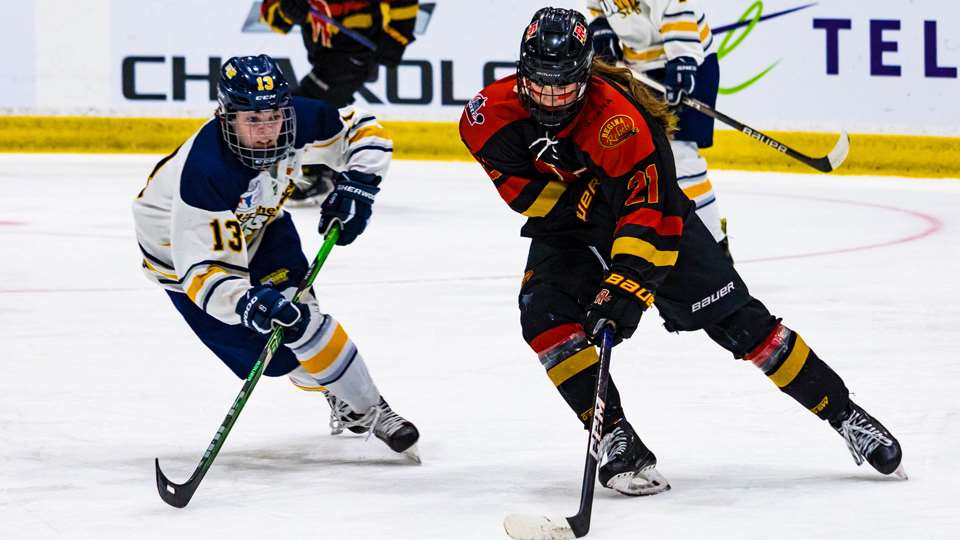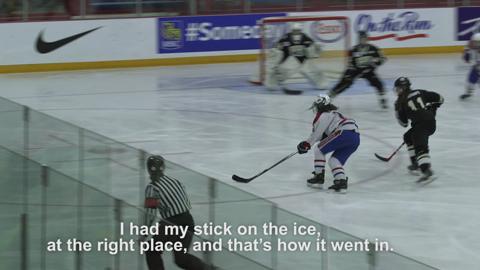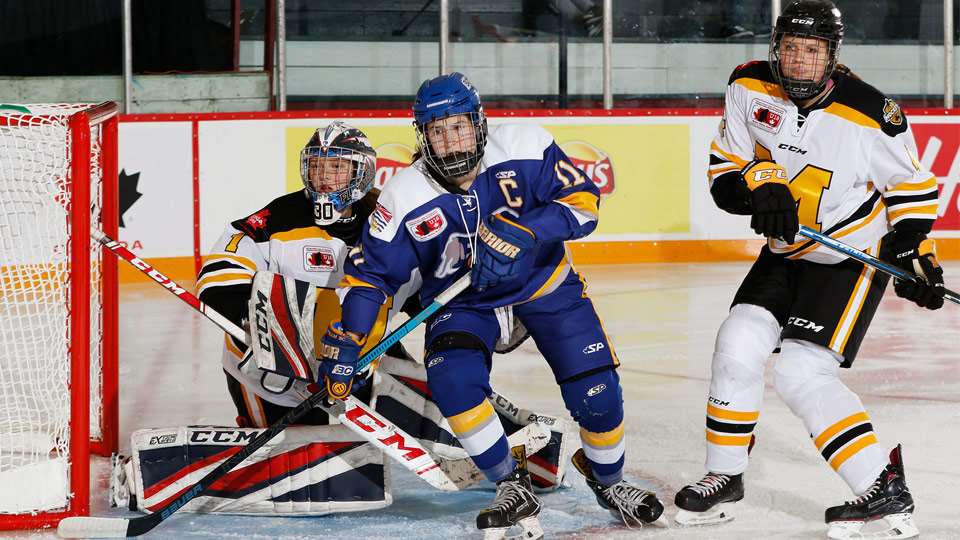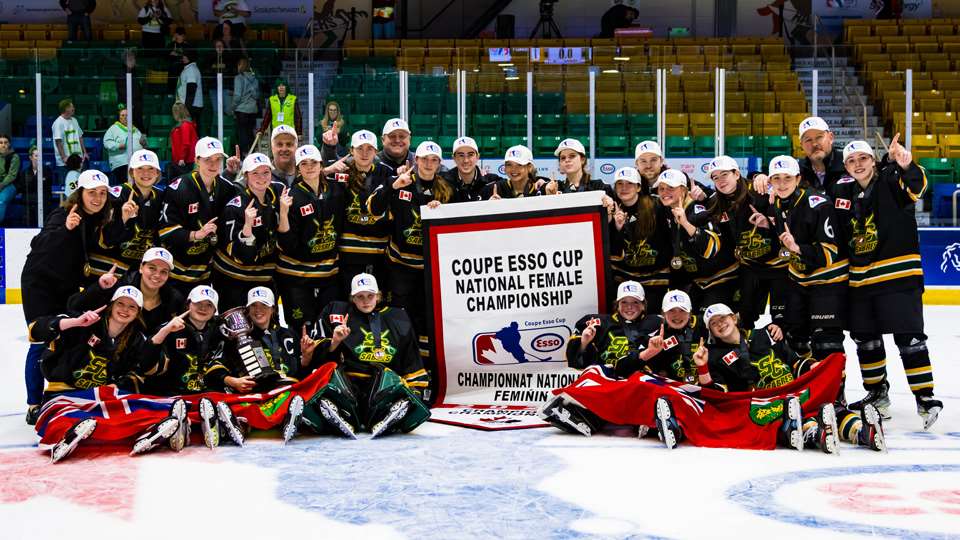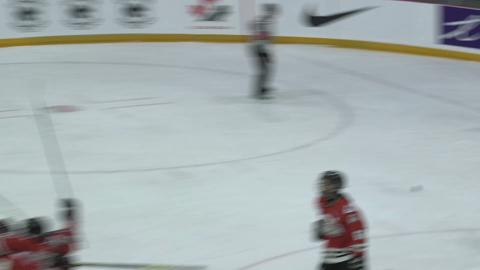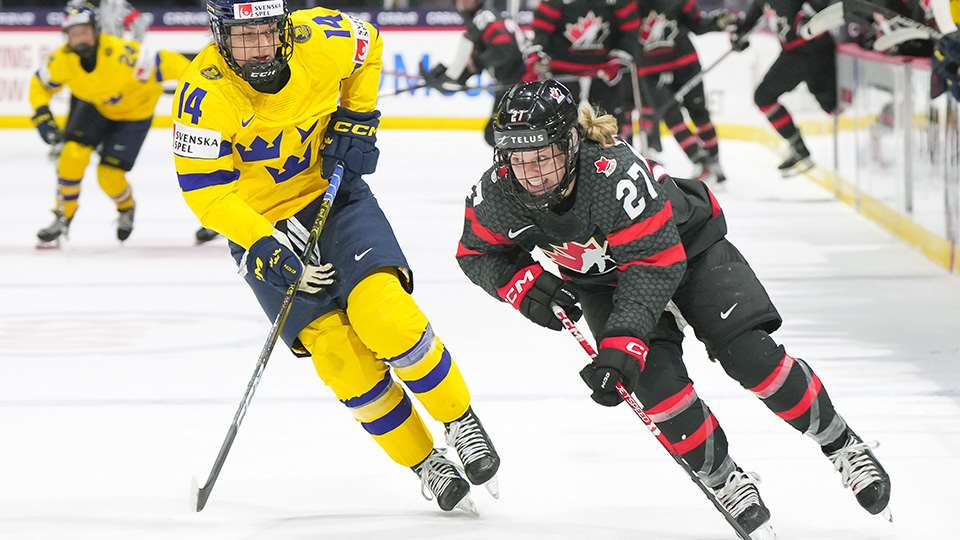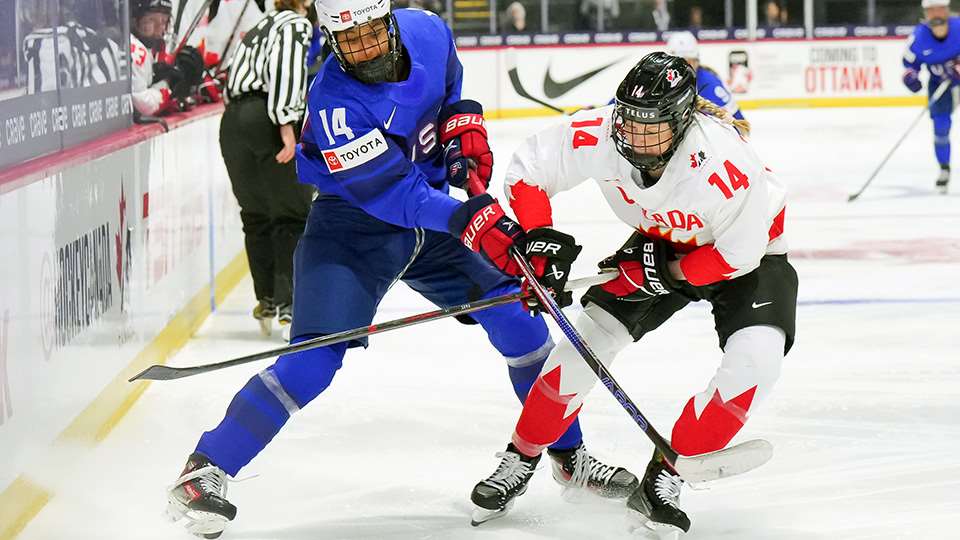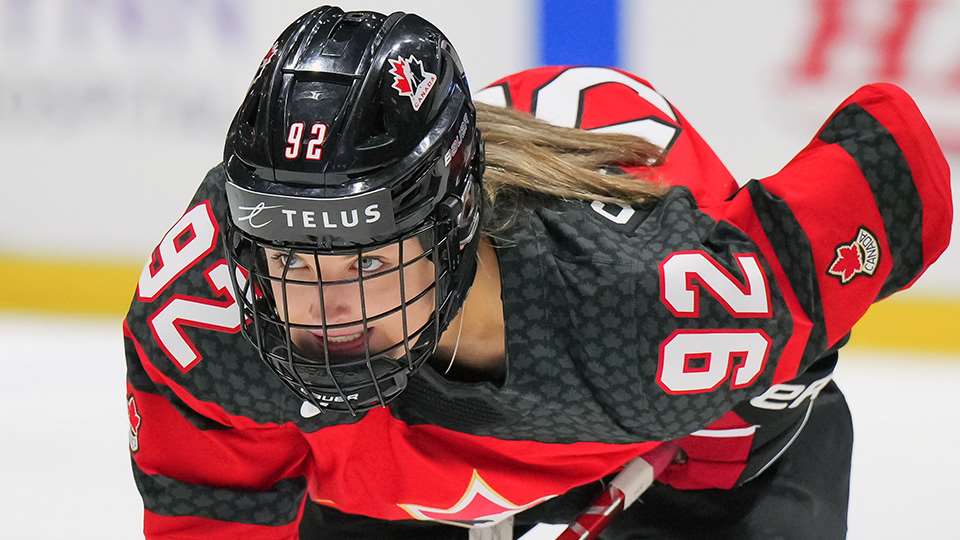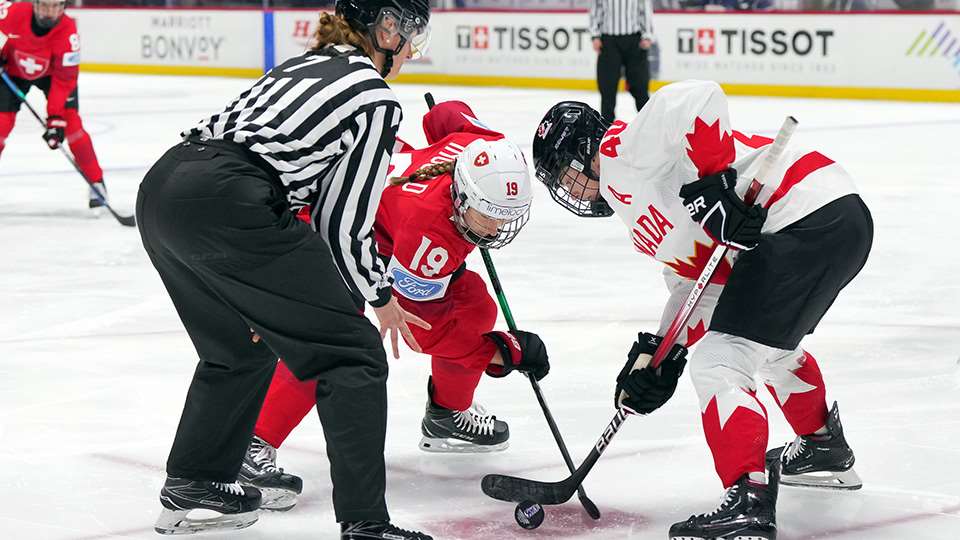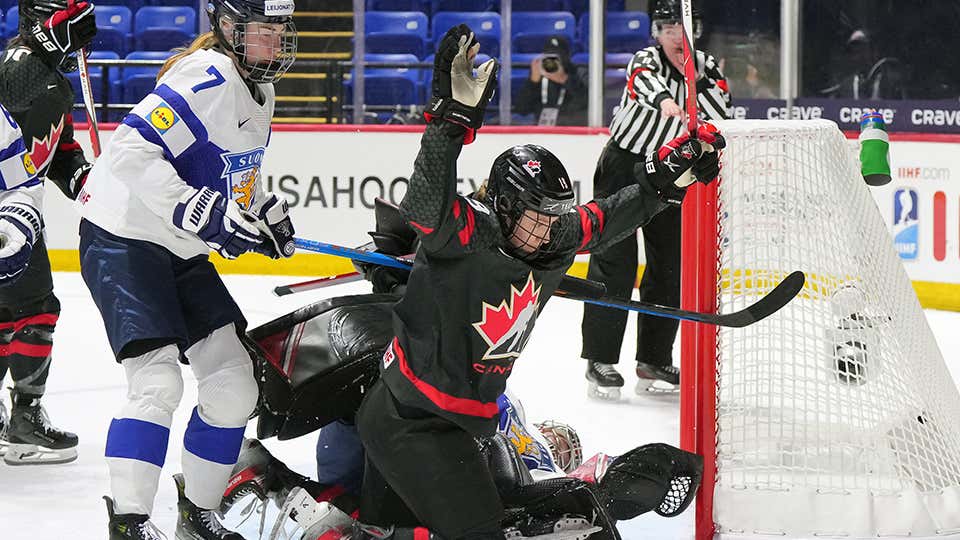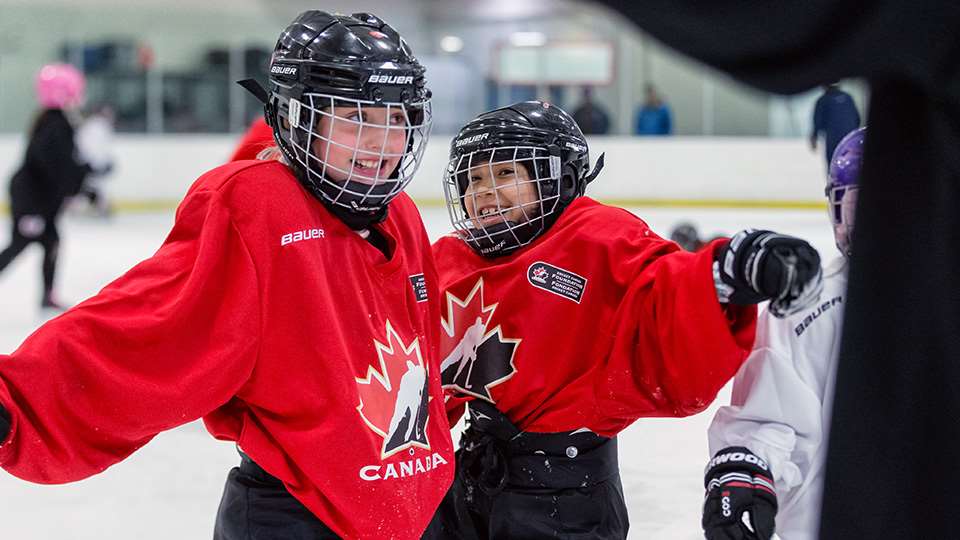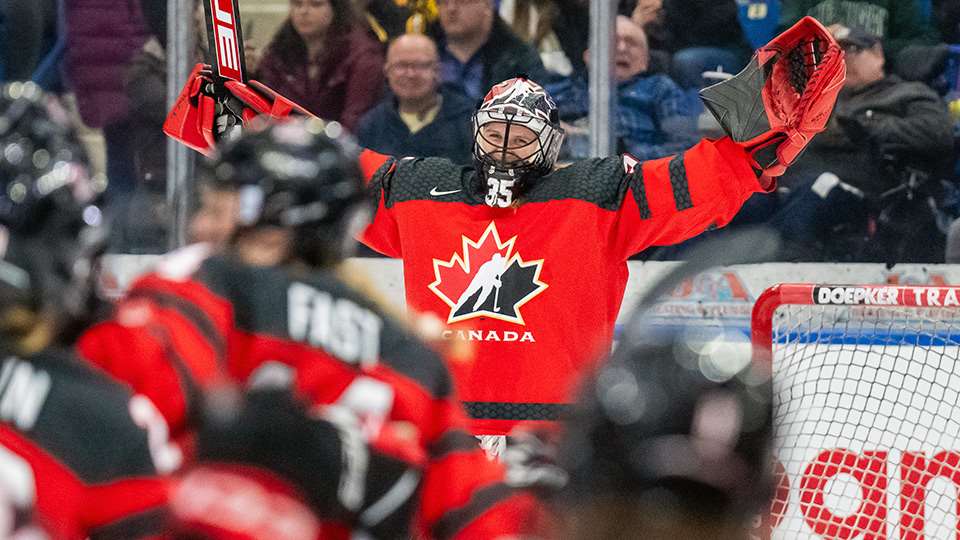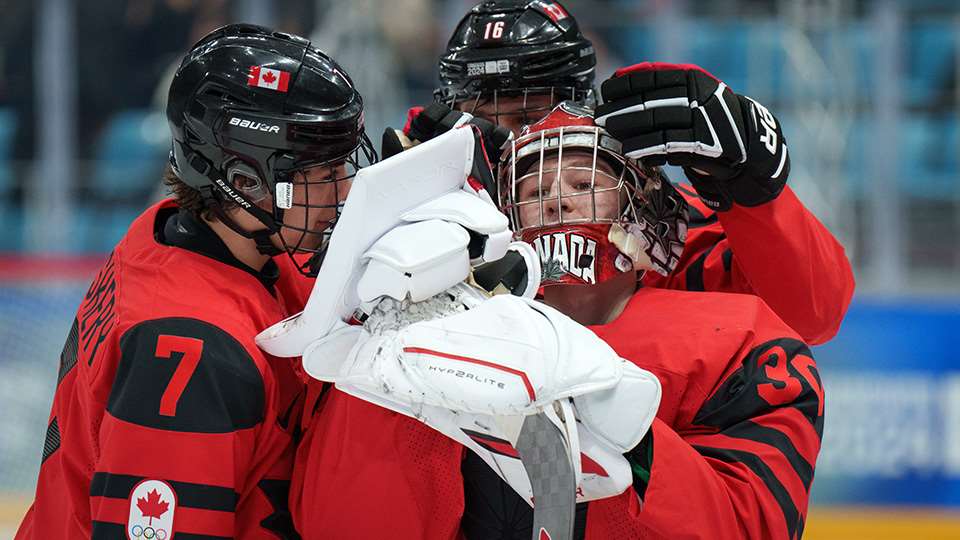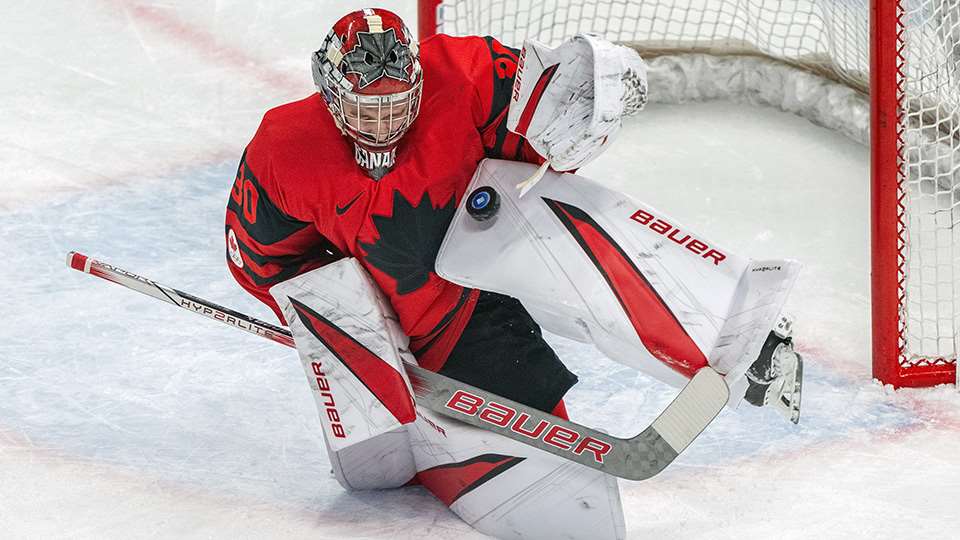CALGARY, Alberta – Hockey Canada has unveiled the schedules for the 2024 editions of the Esso Cup, TELUS Cup and Centennial Cup, presented by Tim Hortons, and announced that ticket packages for each tournament are on sale now.
“Hosting our spring events simply would not be possible without the dedicated and passionate volunteers and staff in Membertou, Oakville and Vernon, who have all invested a tremendous amount of time and resources into planning these tournaments,” said Dean McIntosh, senior vice-president of revenue, fan experience and community impact. “With the puck set to drop in each community in a few months, we are thrilled to launch ticket packages for all three events and reveal the tournament schedules.
“We are grateful to BC Hockey, Hockey Nova Scotia, the Ontario Hockey Federation and the three respective host communities for their efforts and support to deliver these events, and look forward to continuing to work with them into the spring.”
Anyone interested in volunteering at the Esso Cup, TELUS Cup or Centennial Cup, presented by Tim Hortons, can still sign up for one of the available positions to support the delivery of three of Hockey Canada’s marquee national championships.
TSN and RDS, the official broadcasters of Hockey Canada, will air select tournament games, with a full broadcast and streaming schedule to be announced at a later date.
2024 Esso Cup – Vernon, BC
This year, the Esso Cup will return to British Columbia for the first time since 2013, with the Thompson-Okanagan Lakers set to host Canada’s Women’s U18 National Club Championship, April 21-27 at Kal Tire Place in Vernon.
Joined by five regional champions from across Canada, the Lakers will play their first game on April 21 at 7 p.m. PT against the Atlantic winners, following matchups between the West and Ontario champions and Quebec and Pacific titlists earlier in the day.
The Lakers will also face the Pacific on April 22 at 7 p.m. PT, Ontario on April 23 at 3:30 p.m. PT, the West on April 24 at 10:00 a.m. PT and Quebec on April 25 at 7 p.m. PT.
After each team plays five preliminary-round games, the top four clubs will advance to the semifinals on April 26, with the medal games scheduled for April 27.
Tickets for the 2024 Esso Cup can be purchased here.
2024 TELUS Cup – Membertou, NS
The host Sydney Rush will welcome five regional champions to Membertou, Nova Scotia, for the 2024 TELUS Cup, which will take place April 22-28 at Membertou Sport & Wellness Centre.
Sydney opens its schedule against the Pacific champions on April 22 at 7 p.m. AT to finish a three-game opening day that also sees the Central winners face the Atlantic champs and Quebec titlists play the West champions.
The Rush will also play the West on April 23, Quebec on April 24, the Central on April 25 and the Atlantic on April 26. All games are at 7 p.m. AT.
The tournament semifinals are scheduled for April 27, before the medal games on April 28.
Tickets for the 2024 TELUS Cup are available now.
2024 Centennial Cup, presented by Tim Hortons – Oakville, ON
In partnership with the Canadian Junior Hockey League (CJHL), Ontario Junior Hockey League (OJHL) and the Town of Oakville, Canada’s top Junior A teams will compete for the 2024 Centennial Cup, presented by Tim Hortons, May 9-19 at the Sixteen Mile Sports Complex in Oakville, Ontario. The host Oakville Blades will be joined by nine champions from across the CJHL.
Teams will be separated into two groups and each play four preliminary-round games, with the quarterfinals scheduled for May 17, semifinals on May 18 and championship game on May 19.
Group A will include the champions from the Alberta Junior Hockey League, Central Canada Hockey League, Ligue de hockey junior AAA du Québec, Northern Ontario Junior Hockey League and OJHL.
The host Blades and champions from the Manitoba Junior Hockey League, Maritime Hockey League, Saskatchewan Junior Hockey League and Superior International Junior Hockey League will form Group B.
Oakville’s first preliminary-round game will be against the Maritime Hockey League champions on May 10, before playing the Superior International Junior Hockey League winners on May 11, Manitoba Junior Hockey League titlists on May 13 and Saskatchewan Junior Hockey League victors on May 15.
All preliminary-round games featuring the Blades will be played at 7:30 p.m. ET.
Tickets are on sale now for the 2024 Centennial Cup, presented by Tim Hortons.
To learn more about Hockey Canada, please visit HockeyCanada.ca, or follow along through social media on Facebook, X and Instagram.
















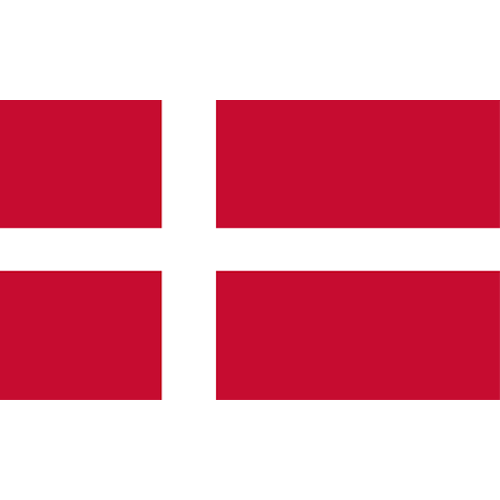




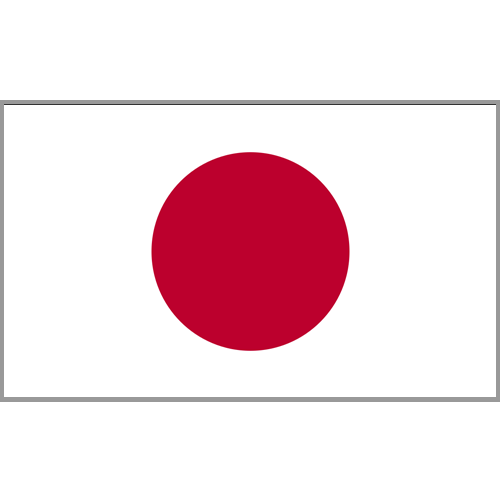
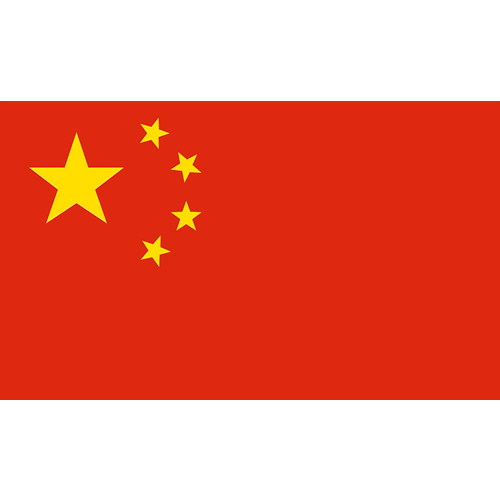



_20231201215358_0.png?w=30&q=60)





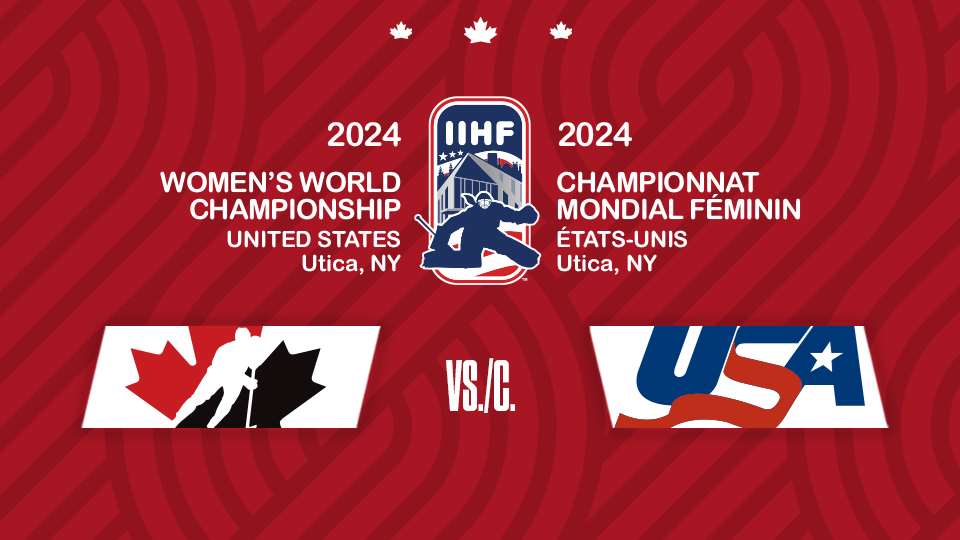



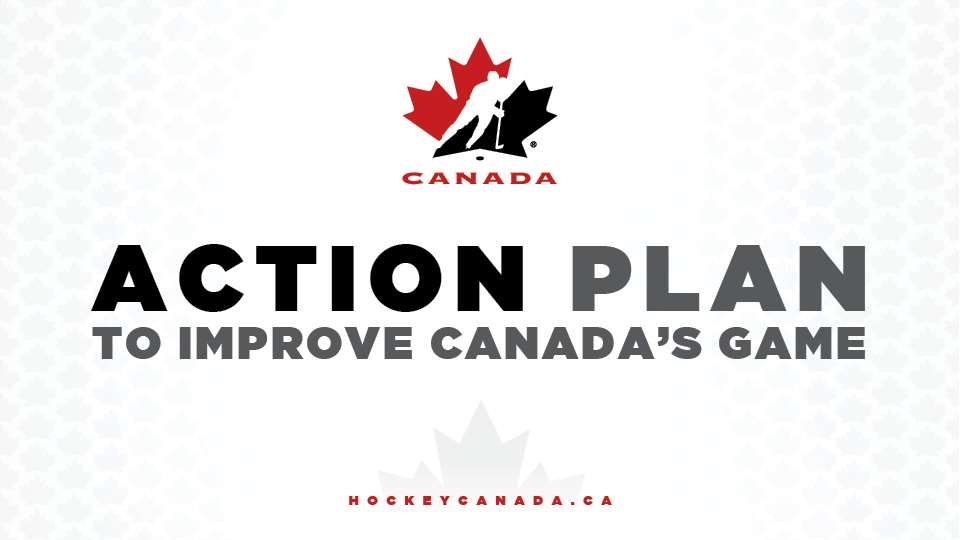
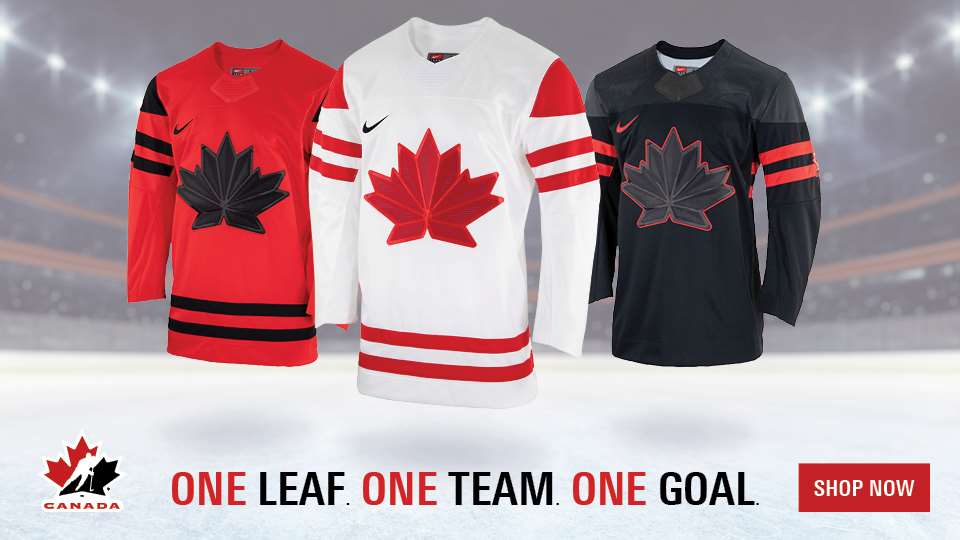


_20231201215358_0.png?w=20&q=60)

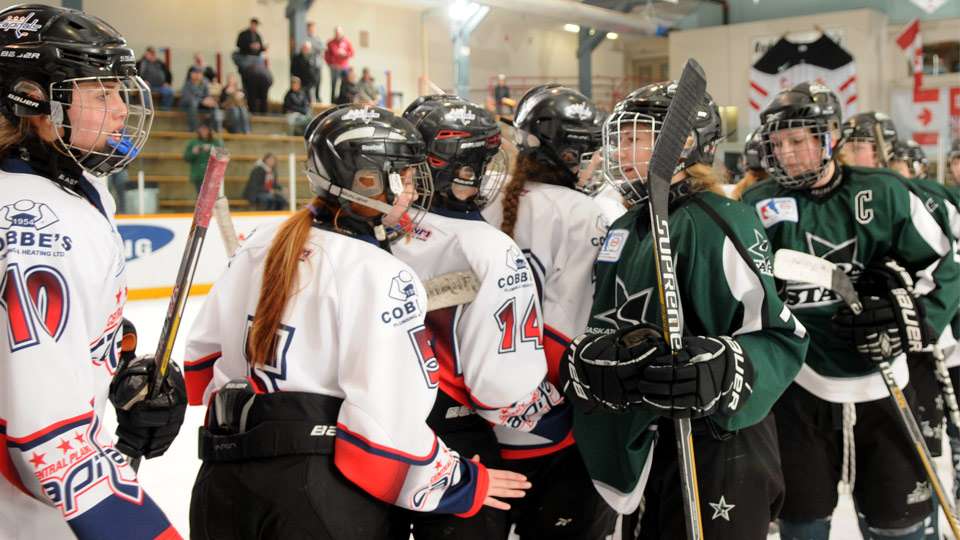

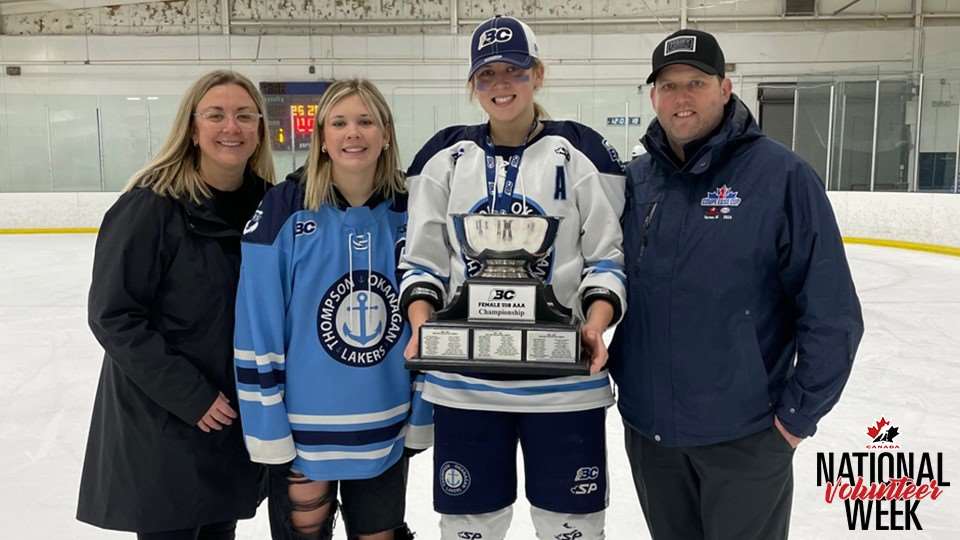
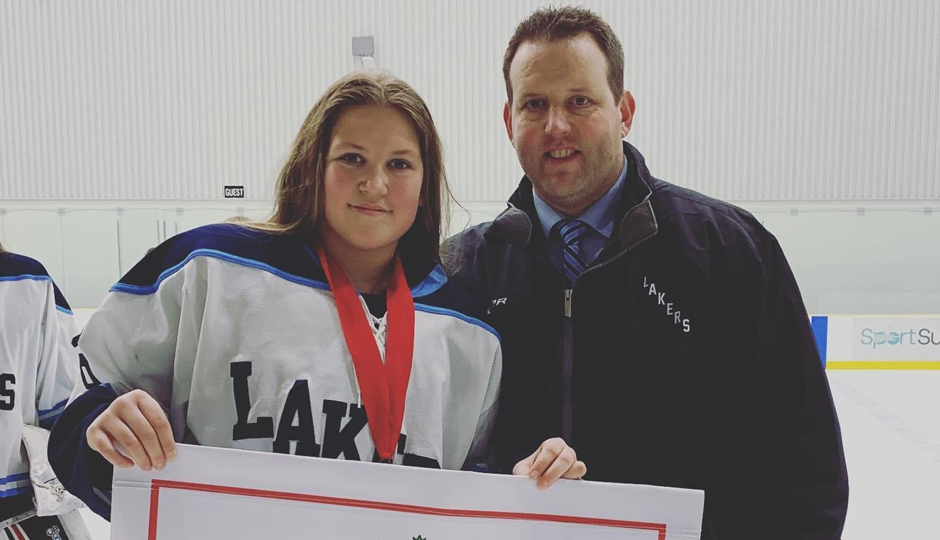 And that’s exactly what he’s done. This past summer, Roberston built a dressing room for the Lakers inside Kal Tire Place. A business owner and contractor by trade, Robertson covered the majority of the construction costs — close to $7,000 — and secured sponsorship funding to cover whatever was outstanding.
And that’s exactly what he’s done. This past summer, Roberston built a dressing room for the Lakers inside Kal Tire Place. A business owner and contractor by trade, Robertson covered the majority of the construction costs — close to $7,000 — and secured sponsorship funding to cover whatever was outstanding. 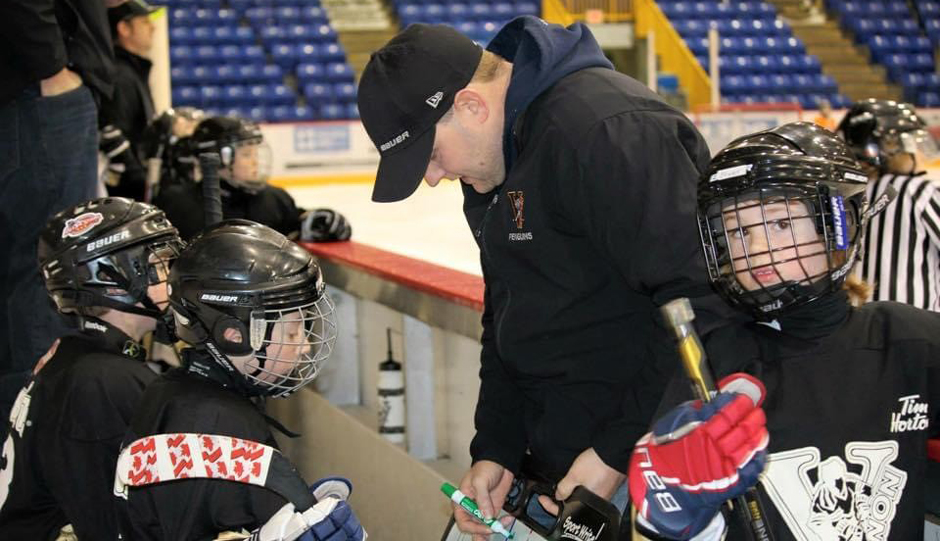
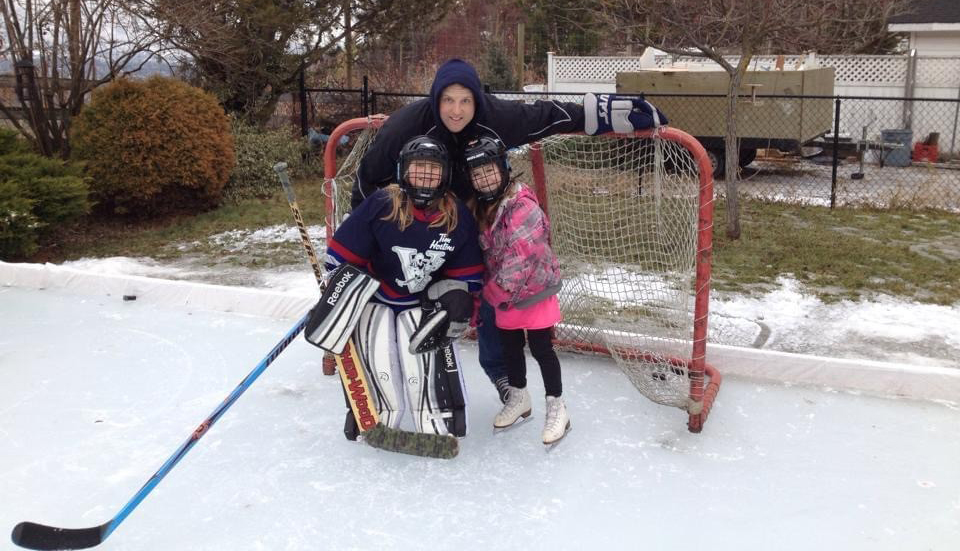



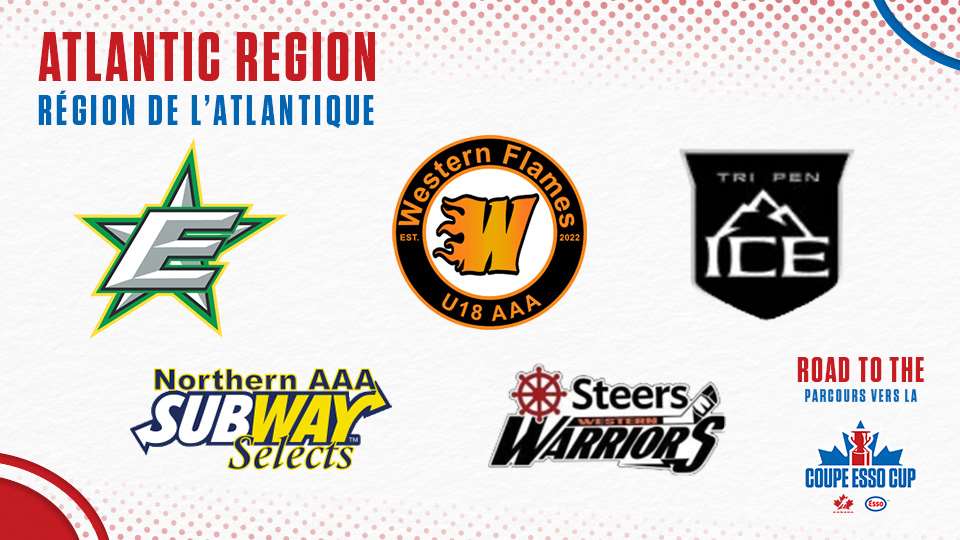
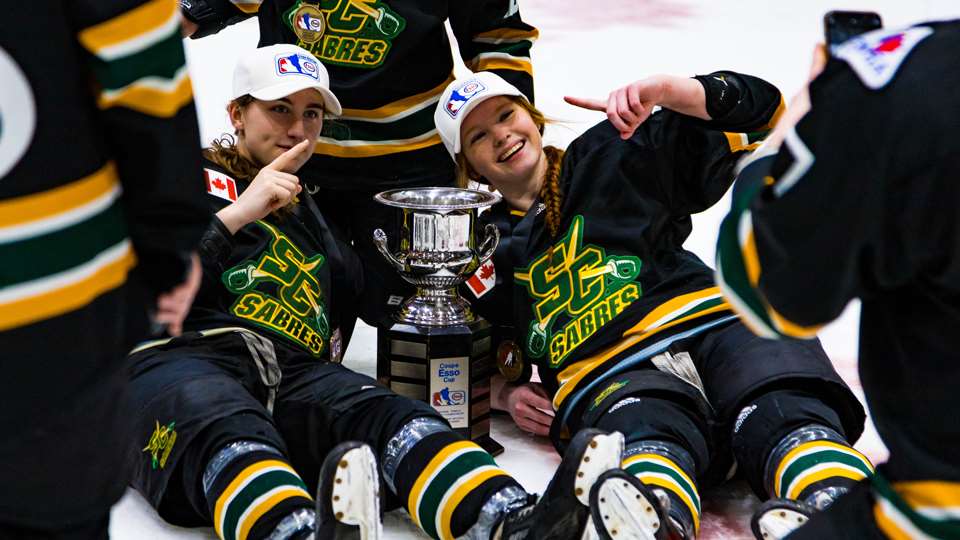
 56 Esso Cup alumnae have gone on to wear the Maple Leaf
56 Esso Cup alumnae have gone on to wear the Maple Leaf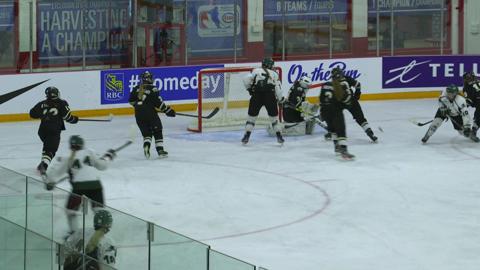
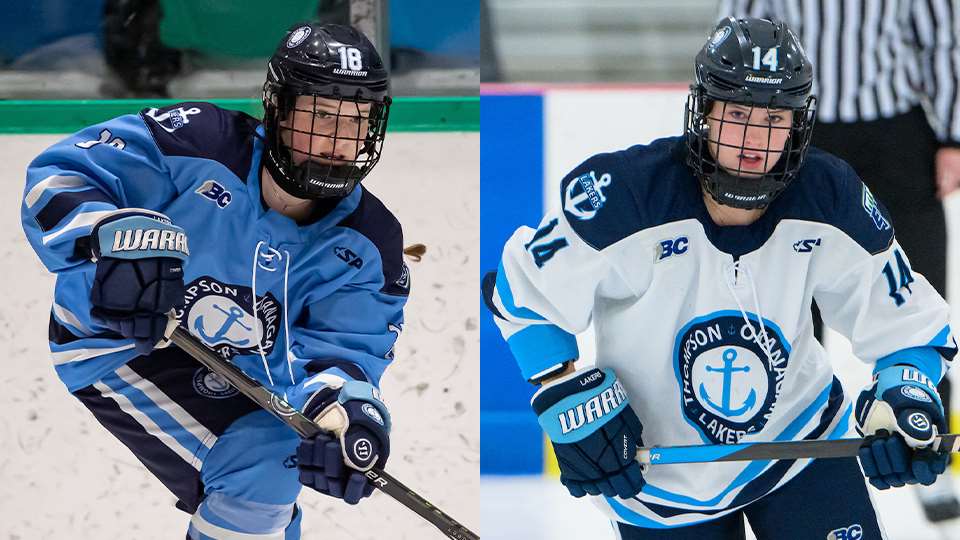
 Lily Roberts holding the Outstanding Female Leadership Award. Photo credit: GVMHA
Lily Roberts holding the Outstanding Female Leadership Award. Photo credit: GVMHA